Acrylic varnish: properties and applications
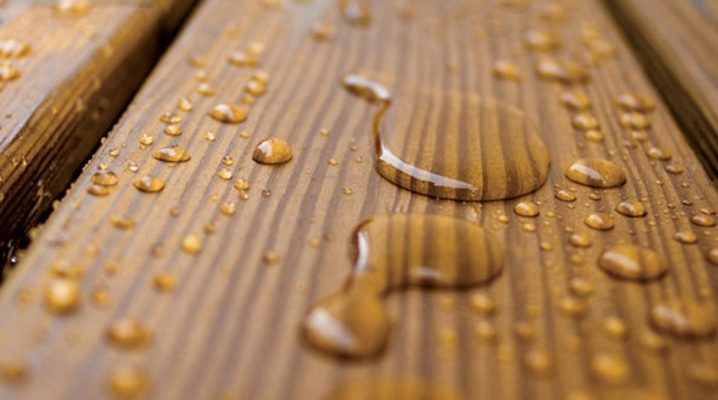
Varnish is a type of coating that protects the surface from moisture and mechanical damage, moreover, it copes well with its aesthetic function. Modern manufacturers are constantly releasing all new types of this finishing material.
Taking a course towards organic and environmental friendliness, experts recommend opting for a varnish based on acrylic.
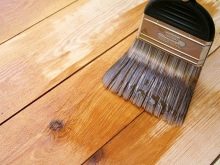
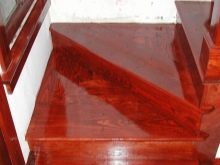
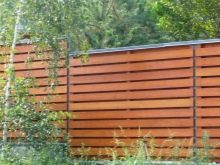
What it is?
Acrylic varnish is crushed plastic dissolved in acrylic. After drying of such a composition, a thin, colorless acrylic film with high resistance to mechanical damage is formed.
The main substances that make up the varnish fit in three points:
- liquid polymer (acrylic);
- antiseptic (to protect wood from moisture and pests);
- plasticizer (the main component that gives the coating maximum strength and durability).
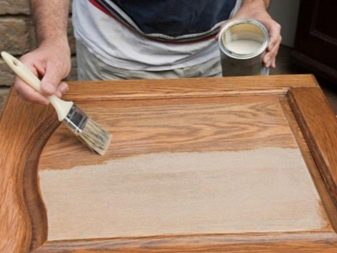

Acrylic varnish is a ready-to-use substance: homogeneous, transparent, practically odorless. It is based on high-quality, color-free acrylic resins and aqueous dispersions.
To get acquainted with this almost universal coating, you should highlight its main properties and characteristics.
- Acrylic varnish is liquid. It is characterized by high viscosity and the ability to dissolve in water.
- One of the niceties is the minimal presence of odor (at least unpleasant).
- Despite the fact that this type of varnish is water-soluble, it cannot be washed off after drying.
- The film, which appears in place of the dried acrylic varnish, has increased elasticity and wear resistance.
- The coating does not lose its transparency even over time and under the influence of sunlight.
- If necessary, such varnish is even recommended to be mixed with water-borne paints.
- Ideal for outdoor and indoor use. It interacts perfectly not only with wood, but also with bricks.
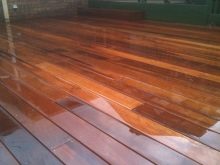

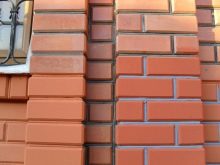
Peculiarities
The main and most pleasant feature of acrylic varnish is its ready-made state, that is, you can buy it, bring it home and start processing immediately. Also, professionals advise to stop their attention on it due to the fact that the coating is highly resistant to temperature extremes (it does not crack either in heat or in severe frost). Acrylic varnish is so versatile that it easily fits not only on wood or brick. There is information about its successful application on paper, wallpaper, cardboard, plastered surfaces, metal and plastic products, fiberboard and drywall, glass surfaces, etc. Let's dwell on the positive and negative aspects of acrylic varnish.

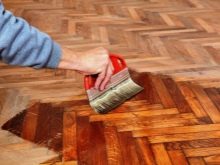

Advantages:
- high level of moisture resistance and thermal conductivity;
- transparency and elasticity;
- environmental friendliness;
- pronounced antiseptic properties;
- excellent decorating solution;
- low fire hazard;
- resistance to household chemicals and alcohol solutions.
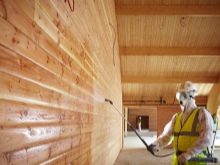
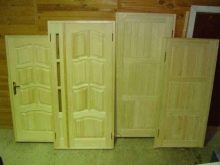
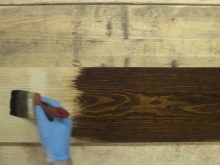
There are practically no drawbacks in the use of acrylic varnish, with the exception of the human factor and simple carelessness of buyers.
Professionals always advise paying attention to the date of manufacture and shelf life of acrylic varnish, which can significantly affect its physical and chemical characteristics. If the coating has been stored in frost for a long time, it can freeze and lose its main properties: elasticity and ease of application.Of course, the disadvantages include the high price for a quality product.
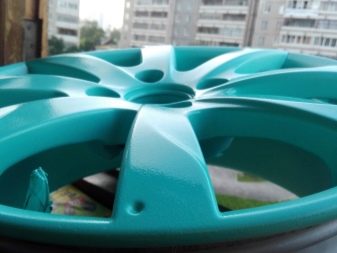

Required tools
Preparing the surface for applying acrylic varnish is a basic and important step in the work. First, you need to clean everything from dust, dirt and grease. In case of reapplication, the old layer must be removed and sanded off to be varnished. The first application on wood is characterized by the use of three layers: the first - varnish diluted with solvent by 10%; the second and third are undiluted varnish.
It is recommended to apply acrylic coating with a special roller. Professionals advise against using a brush when it comes to large surfaces to be coated. The interaction of the substance with the skin is unacceptable, therefore work should be carried out with gloves.
When decorating a room and its elements, the idea of adding color to the varnish may come up. Of course, you won't be able to achieve bright colors, but tinting allows you to easily give your favorite interior item a new shade.
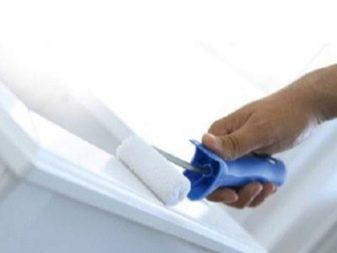
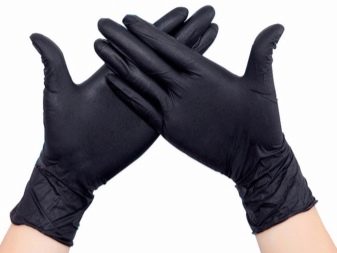
Views
When starting to purchase acrylic varnish, you should understand its main types. There are countless varieties of this finishing material on the modern market. Even before buying and applying acrylic varnish, you must firmly decide what kind of coating you want to get in the end: matte or glossy, transparent, dull or with a certain shade.
There are several main characteristics by which varnishes can be divided into groups.
- Composition. One-component - a coating that contains only acrylic. Two-component varnish, supplemented with polyurethane.
- Appearance treated surface. Two polar subspecies: matte and glossy, and one adjacent - semi-matte. Matte varieties have a pleasant silky texture with added velvety notes. Gloss, on the other hand, gives the impression of an impenetrable ice cover.



- Surface to be treated:
- for floors (acrylic-based urethane parquet lacquer is suitable for perfectly flat surfaces; for uneven parquet, it is better to use matte varieties);
- for furniture (often used to add freshness and brightness to old interior items, so it is best to choose a polyurethane glossy varnish).
- Colour. In its original form, acrylic varnish is a liquid transparent substance that can be easily combined with any water-based paint, acquiring its unique shade. Just like paint, it can be tinted and colored. From colorless, it easily goes to extremes: white and black.
- Packing. It can be an aerosol in a can, intended for processing wood and its tinting (such an aerosol universal acrylic varnish allows a flight of imagination to participate in decorating a room). The spray promotes an even, light application. The main container for coating is also a can or bucket, depending on the desired volume.


You can list the types as much as you can sing praises to all the advantages of acrylic varnish. Insulating and antiseptic properties, a slight presence of odor also make it possible to single out a specific varnish variety into a separate category and subspecies.
And such a universal tool as VGT acrylic varnish does not leave any chances to any of its brothers, because it is VGT that has universal qualities for processing both parquet floors and other variegated surfaces.

Selection and application
Not only saving time and money depends on choosing the right finishing material, but also the successful processing of the selected surface. Acrylic varnish is so unique and versatile that it can be easily used in any interior design with your eyes closed.
When processing wood, acrylic-based varnish has a practical and aesthetic effect. That only is the processing of a wooden floor! In the case of working with a solid rough board, it is necessary to choose options that form the most dense layer. Also, such a coating should easily withstand temperature fluctuations and be resistant to moisture. Acrylic varnish for parquet was originally created so that the coating was thin, transparent and almost weightless, but if rough boards are covered with this type of varnish, the floor will soon crack. It is worth remembering that it will not be possible to quickly varnish the floor, because the first layer dries for at least 4 hours and at least 12 hours after finishing. In order to make the life of the craftsmen as easy as possible, the acrylic floor varnish was originally made white. When dry, it acquires perfect transparency, which gives a signal for the next layer.
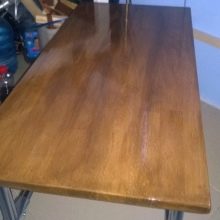


For outdoor use, it is also applicable to apply this product as a finish. Resistant to sudden changes in temperature and mechanical damage, it allows the surface to retain its original pattern and shade.
Smaller projects also need acrylic varnish treatment. For example, it is very convenient to use it to cover stools and nightstands, stairs, railings and plasterboard walls, countertops, decorative interior items (figurines, frames, and so on). Even painting requires processing - it is worth covering the picture with acrylic varnish so that it delights longer with its bright primordial colors.


Due to the high cost of acrylic varnish, there are several ways to make your own wood varnish at home. The oldest and most common method is mixing acetone and foam. The consistency turns out to be jelly-like, not the most convenient for application, however, it is not inferior to store-bought ones in its durability and wear resistance. You can use this mass for treating small areas of the surface or for applying a protective layer to decorative interior decorations made by yourself.
Decoupage can be considered another creative area of application of acrylic varnish. - decorating various interior items with pieces of paintings, drawings, ornaments and monograms on a paper basis.
To preserve this kind of creativity, the final result must be varnished. Glossy or matt acrylic varnish fits perfectly into this procedure, giving the subject a shine or a delicate velvety feel.



Tips & Tricks
Before starting varnishing, you should resort to some basic advice from professionals who are happy to share experiences - both positive and negative.
- Padding. After cleaning the surface from dirt, dust and grease, it should be primed with a special primer or impregnation. This will help keep the varnish layer as even as possible.
- Grinding. An ideal mirror surface will allow you to acquire the so-called wet sanding: the moistened wood is roughly sanded, and only then a primer and acrylic varnish are applied. Each layer, except for the first, is also continued to be sanded with fine sandpaper.
- Wash off. When decorating an object that has already been lacquered, you must first wash off the old layer of lacquer. Most often, it is enough just to sand the surface, prime and apply a varnish layer. Sometimes it becomes so difficult to remove the old coating that you have to resort to additional physical effort or mechanical grinding. For example, it takes a little sweat to remove a layer of nail polish from a guitar. There is a risk of spoiling the tree, but there are humane ways: sanding with sandpaper (sandpaper) and drying with a hairdryer (better than a construction one, but the main thing is not to overheat the wood).


The thickest mixtures are best diluted. Since acrylic varnishes are made on the basis of water, they can only be thinned with water, but the amount of thinner can be no more than 10% of the total mass of the coating.
Among the important recommendations for the use of acrylic varnish is the observance of external conditions: temperature and humidity.The first indicator must be positive, and the second must be at least 50%. Any deviation from these standards will lead to a deterioration in the performance of the coating.
Too thick layers should not be applied. The thinner the layer, the smoother the surface to be treated, and the more aesthetically pleasing it will look.

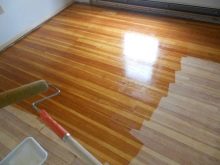
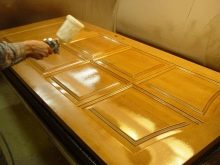
Manufacturers and reviews
Among the most famous whales of the building materials market in the production of acrylic varnish are the following brands: Tikkurila, Neomid, Lakra, Optimist and Goodhim. Let's dwell on each in more detail.
Tikkurila - the queen of paints and varnishes. Acrylic varnish for parquet - Parketti Assa received the maximum number of positive reviews. It has increased wear resistance, so it can be used in the most passable places. Easy to clean and does not deteriorate when using household chemicals of any composition. Even if there is a need to erase traces of paint from an already varnished floor, you can resort to using "White Spirit" or any other solvent. Parquet flooring protected by Tikkurila lacquer is not afraid of anything.
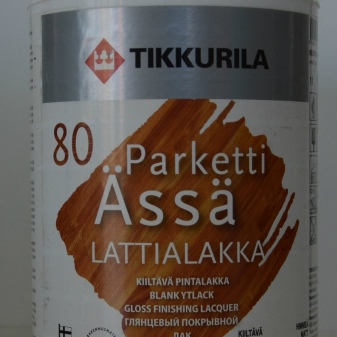
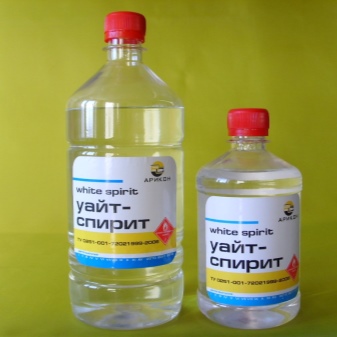
Neomid Is a Russian manufacturer that offers an extensive line of high quality and durable paints and varnishes. Buyers most often recommend Neomid Sauna acrylic varnish for woodwork. It is used, as the name suggests, to decorate rooms with high temperature and humidity, it is heat and moisture resistant, easy to apply and durable. Neomid Stone is an acrylic varnish for processing stone or mineral surfaces (brick, concrete, etc.). After drying, the effect of a wet stone appears, the substance has excellent antiseptic and protective properties. Suitable for outdoor use.
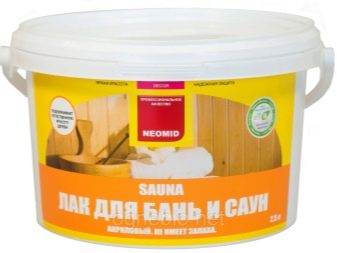
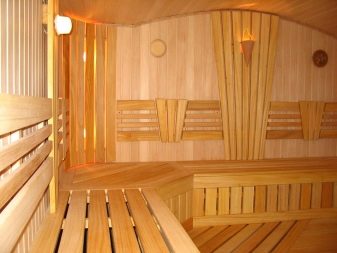
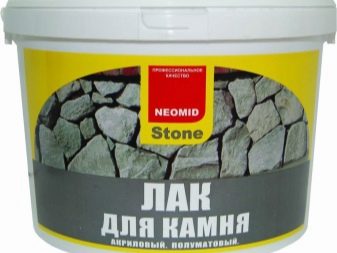
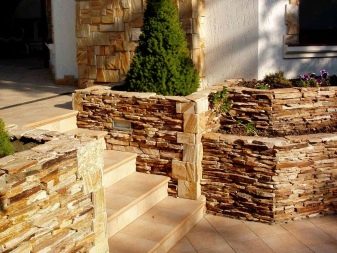
"Lacra" Is a multinational project concentrated in Russia, but with close ties with Europe and Canada. Thanks to this, all brand products are in demand and have good qualities. According to consumer reviews, Lakra acrylic varnish is odorless, but it has a very valuable factor - a low price. Customers use this brand's line of varnishes for non-refurbishment purposes. Some people are happy to use acrylic varnish for hand-made and decoupage art.
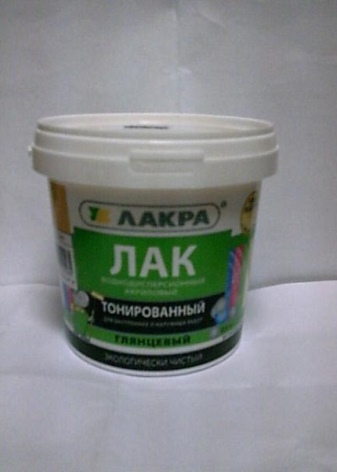
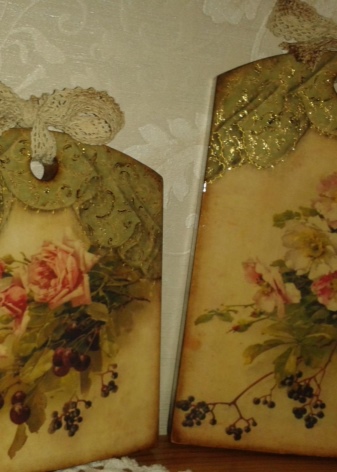
"Optimist" Is the most influential and largest manufacturer in Russia. Acrylic varnish of this brand is distinguished by high quality coating, good drying speed and environmental friendliness. Customer reviews unanimously declare only the positive aspects of this product:
- easy application;
- fast drying;
- the possibility of toning;
- ease of maintenance of the varnished surface.
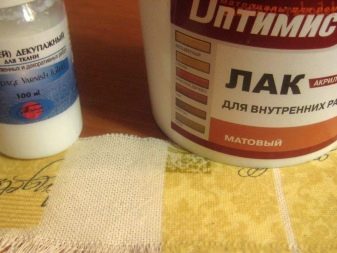

The main brand achievement Goodhim is a universal acrylic varnish Goodhim texture... Its main feature is that it is equally well suited for decorative finishing of premises and interior items. Its versatility allows it to be used for both indoor and outdoor use. Has its own palette of colors, which includes ten shades: walnut, oak, metallic and others. The low price adds a special appeal to it in the eyes of consumers.
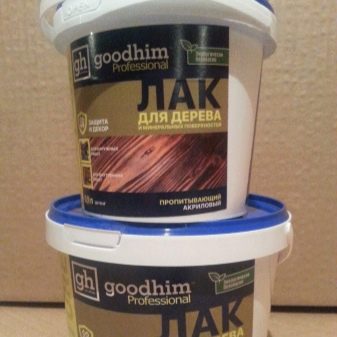

Acrylic varnish is not just another finishing material that will get lost in the interior after some time after the renovation. It's a whole strategy and one big design decision. It's nice to know that old items restored with acrylic lacquer look refreshed, shiny and pleasantly velvety to the touch. Adding shades of paint to a transparent liquid will allow you to look at things and the interior from a different angle.
See the following video for tips on applying varnish.













Thanks for the information. I just need to buy acrylic varnish, but I didn't know which one to choose.
I study interior design. I came across an article.Well written: clear and informative.
The comment was sent successfully.